| Topics |
|---|
| Background noise. |
Background Structure in ZTF Images.
Inspection of images taken after changes to the ZTF readout waveform on 2019-10-23 led to the discovery of a clear Moire pattern within the background of most ZTF images (CCDs 5,6,7,8,9,10,11,13,14,15,16). This effect is particularly strong in images from CCDs 13 and 14. The Moire effect here is due to interference between the structure (a repeated pattern) within the images and the display resolution. As expected the observed pattern varies with image display scaling.
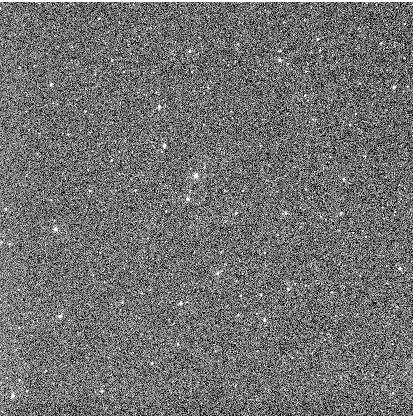
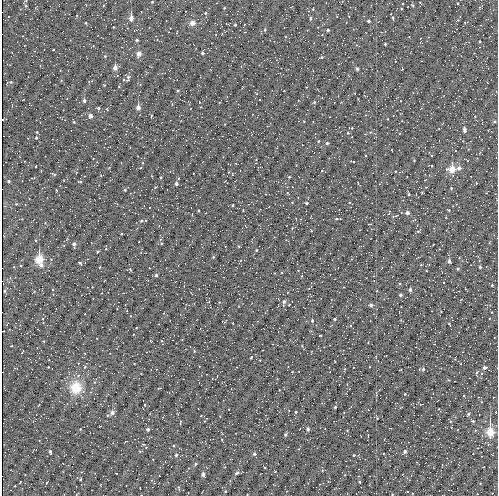
Images from two different fields observed in ZTF CCD 14, quadrant 1, pre and post CCD changes. Left: image from 20191008, right: 20191105.
Above we show an example of the appearance of a diagonal Moire pattern in images taken after the camera readout upgrade.
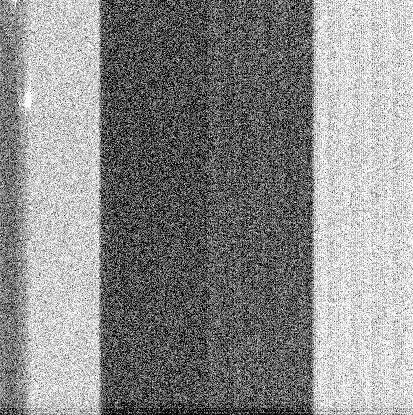
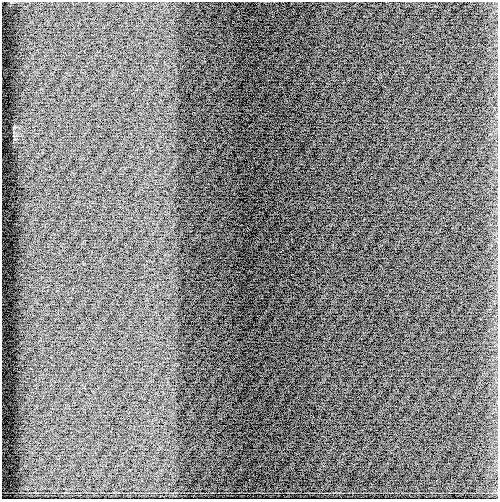
Bias frames from ZTF CCD 14, quadrant 1, pre and post CCD changes. Left combined bias from 20191011, right 20191103.
The appearance of the Moire pattern is also seen in the combined bias frames as shown above. The structure is the same as seen in the science images (where biases have been subtracted) suggesting that the pattern is either not being properly subtracted with the bias, or that the pattern actually increases with exposure time.
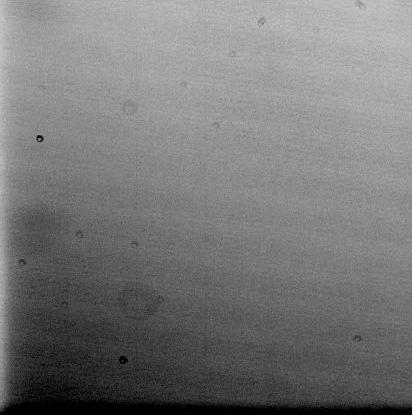
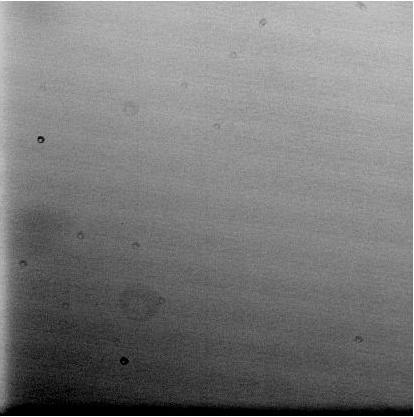
Flatfields from CCD 14 quadrant 1, pre and post CCD changes. Left combined flatfields from 20191010, right 20191103.
The combined flatfield images show significant structure. However, the Moire pattern is not clear with this image scaling since it is probably has a lower amplitude than the other structure.
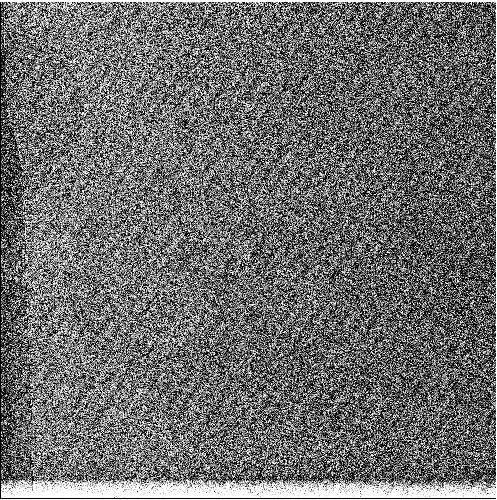
Difference between flats taken pre and post CCD changes. Flats used are from 20191010 and 20191103, CCD 14, quadrant 1, g-band.
After subtracting a flatfield taken after and the camera upgrade, from one taken before it, we can see the same Moire pattern. The pattern is less clear than in the other images. Some extra noise is expected due to there being noise in both flatfields. Both of these flatfields are combined after biases are subtracted. Thus any structure within the biases should be removed. This suggest that at least some of the observed pattern within the science images comes from the flatfields. Since this is a scaling process the effect can be strong.
The appearance of a diagonal Moire pattern suggests a rotation of the pattern within the CCD background relative to the screen pixels. There seems little likelihood of a rotation of the screen pixels relative to images displayed (although it is possible). This suggests that the structure within the image itself is rotated.
Cause?
A diagonal pattern could occur if a strong horizontal readout pattern
(as seen in the pre-change bias images) was readout with a lag. In
this case the diagonal bands meet ~1/2 across the CCDs when each
display pixel contains ~6 image pixels.
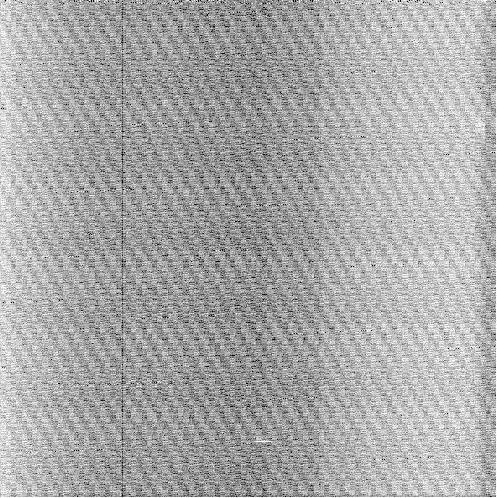
The combined bias frame from 20191105, CCD 14, quadrant 2.
Images taken after the camera change exhibit a column on an edge that has low counts. This was not present in the prior images. Additionally, the direction of the Moire pattern seen in the images from CCD 14, quadrant 2, slopes in the opposite direction to that in quadrant 1. I believe the same is true for other quadrants. This suggests the direction of the background pattern depends on the readout direction.
Is it possible that the new clocking waveform does not exactly
match the full CCD width?
Is the banding due to interference of readout signals? Possibly
related to the significant crosstalk artifacts that are now seen in
almost every quadrant image
Conclusion
The fact that the strong pattern seen in bias frames is not removed
in science images or flatfields, where the bias signal has been subtracted,
suggests that either the biases are not completely accurate or that they
are insufficient to remove the structure. This could occur if the known
issues with the first few frames (spaceships) affects the bias and flatfields,
or if the background pattern itself builds over time and thus not completely
removed by the biases.